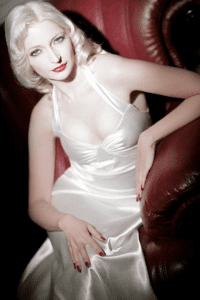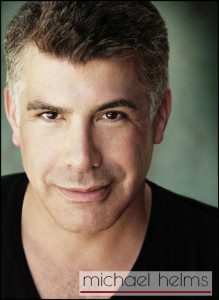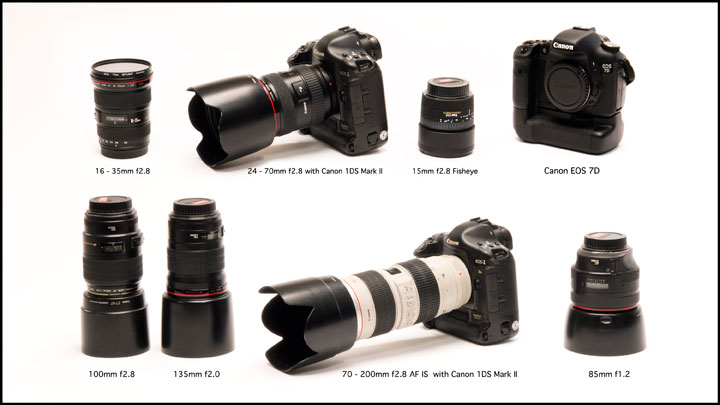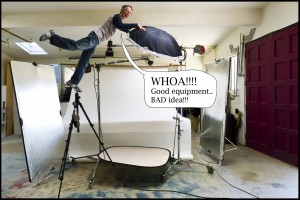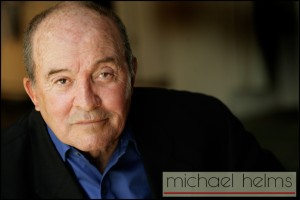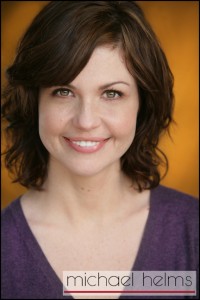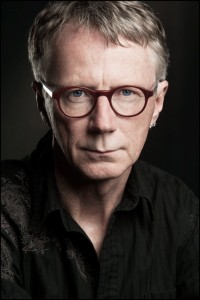I’ve been a photographer in Los Angeles for over 35 years. I’ve seen a lot of changes in the styles of photography and the fads that effect head shots over the years.
When I first started shooting, all head shots were done in a studio, were black and white, and were cropped mostly at bust level. At that time, an actor only needed two shots – one smiling (for commercial use) and one more serious (for theatrical use).

Theatrical Headshot
Nowadays, all headshots are in color, some people shoot 3/4 length images (although that is going out of style other than for commercial modeling), and now there are the ever present internet submissions. Everything is submitted on line these days and the thumbnails that casting directors scan are small, so it has become vital that your photo be eye-catching. When your photo is on a computer screen along with dozens more, it needs to stand out and draw attention instead of blending in with all the others. One way to do that is by wearing more colorful clothing. Another way is for photographers to use more colorful backgrounds and more contrasting elements in the photo.

Commercial Headshot
First and foremost, one must recognize a headshot as a business tool. One big mistake I have seen repeated over the years is actors who say to me, “I just want a photo that captures ME and who I really am!” While this might seem like a good approach, the harsh truth is, when it comes to casting, no one is concerned with who an actor “really is”. An actor friend of mine is one of the most charming, lovable, and sweet people I know but he always gets cast as criminals, homeless, or a derelict of some kind. Who he “really is” couldn’t be further from his casting.
One does not have to BE a mother in real life to play a mother on TV, in film, or on stage.
The old saying that “show business is 90 percent business and 10 percent show” is very true and not often understood. One of the major tools of the trade is a good head shot so this requires an actor to look at film, TV, and theatre in order to learn what types of roles might be possible. It is at this point one has to be open, honest, and perhaps even somewhat disconnected from their own ego. Every actor would love to play a lead, a love interest, or some larger than life character, but the truth is character actors work more and there are more roles available to them.
Ask yourself, “Who looks like me? How are they cast? What types of roles are they getting?”
NOT, “what do I want to do?”
While “type casting” is an issue we all wish would go away, it is alive and well and drives the entertainment industry. A beautiful blue eyed blonde bombshell model will not likely book a role as a brain surgeon. That truth may be irritating, aggravating, and frustrating for that model but it doesn’t change the reality that the entertainment business is driven by money, not art, and therefore does what it needs to do to appeal to the consumer.
With all this in mind, it is imperative an actor find a good professional photographer to shoot their headshot. If an actor is serious about his/her career, then they will invest in it and get the best headshot they can.
Headshots are another acting job, so be prepared on the day of your shoot. Make sure you bring clothing that is appropriate to the types of characters you will play. Whether you are a business man or not, if that is your casting, bring a suit. Your “favorite Hawaiian shirt” might look great on you but if it doesn’t get you called in for the types of roles you will book, then it is a useless photo.
One smiling headshot for Commercial purposes and one more serious, but still friendly, headshot for Theatrical purposes is generally all an actor needs.
You would never see Brad Pitt do a head shot dressed as a fireman, a policeman, or a doctor (with a stethoscope hanging around his neck). You’d never see Kate Hudson dressed as a nurse (same stethoscope around her neck), a waitress, or a police officer. These types of “character images” scream “day player” and make you appear new and unprofessional. These images might work if all an actor is interested in is background work but certainly not for an actor who wants more.
Talk with your Agent, Manager, or Acting coach regarding casting questions. Be sure what you want to shoot before you schedule a session with a photographer. The photographer can help in selecting from the choices you bring to the shoot. These days, with digital media, an actor can shoot, look at the images on a monitor, and select his head shots all during the same session.
.. until next time!

